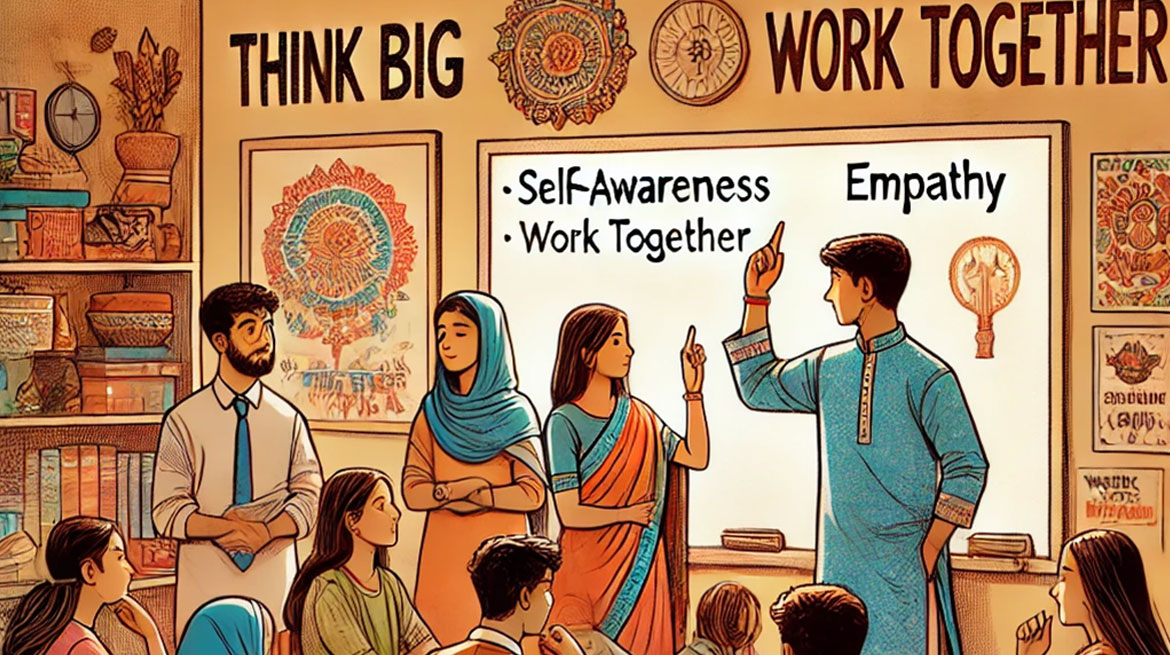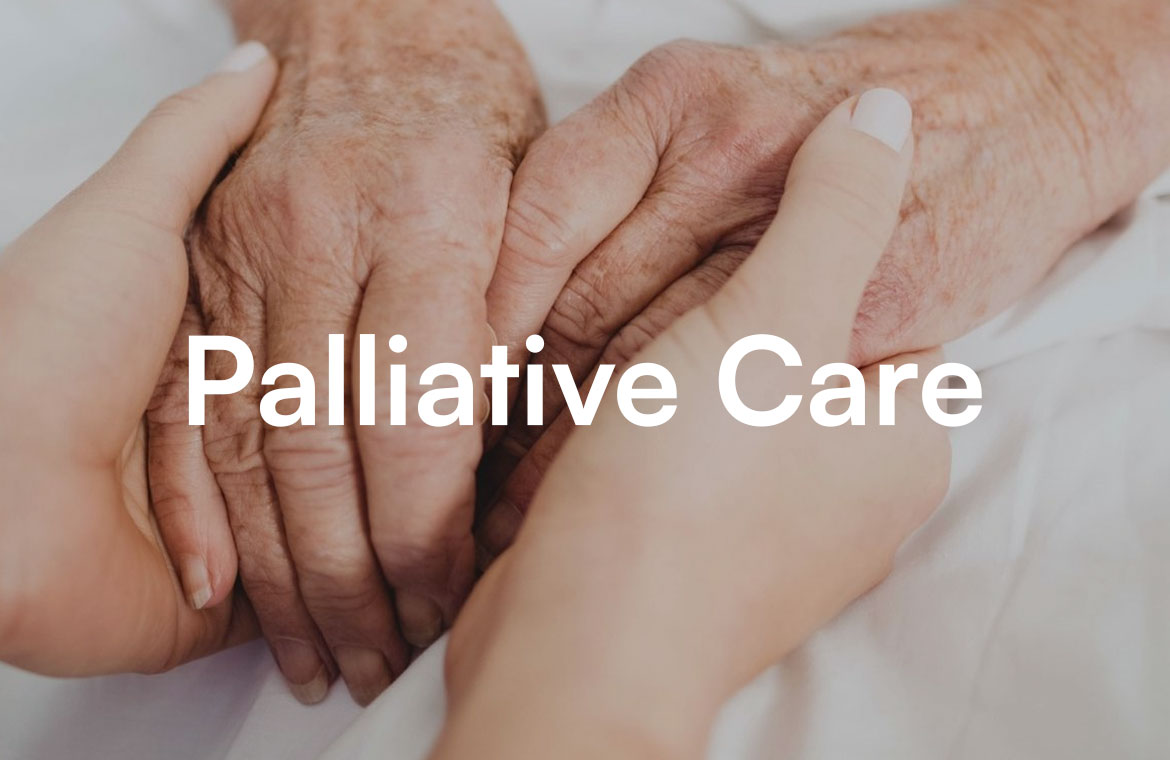Introduction
Adolescence, typically ranging from ages 10 to 19, is a transformative phase that bridges childhood and adulthood. It is marked by physical, emotional, and social changes, making it a critical period for shaping lifelong habits and coping mechanisms. In India, where adolescents constitute over 20% of the population, equipping them with life skills is essential for fostering resilience and enabling them to navigate challenges effectively. Life skills education (LSE) is not just an option; it is a necessity to build a generation that is emotionally intelligent, socially responsible, and capable of making informed decisions.
What is Life Skills Education?
The World Health Organization (WHO) defines life skills as “abilities for adaptive and positive behavior that enable individuals to deal effectively with the demands and challenges of everyday life” (WHO, 1997). These skills encompass cognitive, emotional, and interpersonal abilities, including decision-making, critical thinking, emotional regulation, effective communication, and empathy.
Life skills education focuses on empowering adolescents to:
- Enhance self-awareness and self-esteem.
- Develop problem-solving and decision-making capabilities.
- Cultivate interpersonal skills and manage relationships effectively.
- Handle stress, peer pressure, and societal expectations.
Why Do Indian Adolescents Need Life Skills Education?
- Navigating a Complex Social Landscape
India’s rapid urbanization and globalization have exposed adolescents to diverse cultures, values, and lifestyles. While this offers opportunities, it also brings challenges like identity crises, peer pressure, and societal expectations (UNICEF, 2019). - Coping with Mental Health Challenges
Mental health issues among Indian adolescents are on the rise, with 15% experiencing depression or anxiety (National Mental Health Survey, 2015-16). Life skills can enhance emotional resilience and equip adolescents to seek help when needed. - Preparing for the Workforce
India’s demographic dividend hinges on its youth. However, a lack of critical skills often renders adolescent’s unemployable despite academic qualifications (ILO, 2022). Life skills like teamwork, adaptability, and effective communication bridge this gap. - Combating Risky Behaviors
Substance abuse, early pregnancies, and unsafe sexual practices are significant concerns in India. Life skills empower adolescents to make informed choices and resist harmful behaviors (WHO, 2020).
Key Components of Life Skills Education
- Self-Awareness and Empathy
Self-awareness involves recognizing one’s strengths, weaknesses, emotions, and values, while empathy helps understand and share others’ feelings. These skills foster emotional intelligence and healthy relationships (Goleman, 1995). - Critical Thinking and Problem-Solving
Critical thinking enables adolescents to analyze situations objectively, while problem-solving helps them address challenges constructively. These skills are crucial for academic and professional success (UNESCO, 2017). - Effective Communication and Interpersonal Skills
Clear communication and relationship-building abilities are vital for collaboration and conflict resolution. These skills reduce misunderstandings and promote teamwork (UNICEF, 2012). - Coping with Emotions and Stress
Techniques like mindfulness and stress management empower adolescents to handle failures and setbacks, promoting mental well-being (American Psychological Association, 2014).
Implementing Life Skills Education in India
- The Adolescence Education Programme (AEP)
AEP, a joint initiative by the Ministry of Education and UNFPA, integrates life skills into school curriculums to address adolescent health and well-being. It focuses on gender equality, health awareness, and self-development (Ministry of Education, 2018). - School-Based Interventions
Programs like the National Population Education Programme (NPEP) and initiatives by NGOs like Pratham and Smile Foundation emphasize activity-based learning to develop life skills (Smile Foundation, 2020). - Role of Teachers and Parents
Teachers and parents play a pivotal role in modelling life skills. Schools should train educators to facilitate experiential learning, while parents can reinforce these skills at home (UNESCO, 2017). - Leveraging Technology
Digital tools like mobile apps, online workshops, and e-learning platforms can make life skills education accessible to remote and underserved areas (UNICEF, 2020).

Building Teamwork (Generated by ChatGPT (DALL-E), January 15, 2025)
Challenges in Implementing Life Skills Education
Despite its importance, LSE faces several hurdles in India:
- Cultural Resistance: Traditional mindsets often undervalue soft skills, focusing solely on academics.
- Inadequate Teacher Training: Many educators lack the training to deliver life skills education effectively.
- Limited Resources: Schools in rural areas often face resource constraints, hindering implementation.
The Way Forward
- Policy Advocacy: Life skills education should be integrated into the National Education Policy (NEP) framework with specific guidelines for implementation.
- Capacity Building: Regular teacher training programs should emphasize the importance of life skills education.
- Community Engagement: Parents, community leaders, and local organizations should be sensitized to support and promote life skills education.
- Monitoring and Evaluation: Establishing robust mechanisms to assess the impact of life skills education can guide improvements.
Conclusion
Life skills education is a powerful tool to empower India’s adolescents, enabling them to become resilient, adaptable, and socially responsible individuals. By addressing the challenges of adolescence with structured life skills training, India can nurture a generation that contributes positively to society and the nation. Investing in life skills education is not just an investment in youth; it is an investment in India’s future.
References
- Life skills education in schools. WHO (1997). Available at URL: https://www.who.int/publications/i/item/life-skills-education-in-schools. Accessed on January 5, 2025.
- Skills for life: Training manual. UNICEF (2012). Available at URL: https://www.unicef.org/documents/skills-life-training-manual Accessed on January 1, 2025.
- National Mental Health Survey. (2015-16). Ministry of Health and Family Welfare, India. Available at URL: https://main.mohfw.gov.in/national-mental-health-survey Accessed on January 1, 2025.
- Youth employment trends in India. ILO. (2022) Available at URL: https://www.ilo.org/india/publications/WCMS_854495/lang–en/index.htm Accessed on January 10, 2025.
- Framework for life skills education. UNESCO. (2017). Available at URL: https://unesdoc.unesco.org/ark:/48223/pf0000265721 Accessed on January 10, 2025.
- Adolescence Education Programme. Ministry of Education. (2018). Available at URL: https://www.education.gov.in/aep Accessed on January 12, 2025.
- Annual report on education initiatives. Smile Foundation. (2020). Available at URL: https://www.smilefoundationindia.org/annual-reports Accessed on January 15, 2025.
- Stress and resilience in adolescents. American Psychological Association. (2014). Available at URL: https://www.apa.org/topics/resilience/adolescents Accessed on January 15, 2025.
- The state of the world’s children: Adolescence. UNICEF. (2019). Available at URL: https://www.unicef.org/reports/state-of-worlds-children-2019 Accessed on January 15, 2025.
- Adolescent health and development in India. WHO. (2020). Available at URL: https://www.who.int/india/health-topics/adolescent-health Accessed on January 15, 2025.




